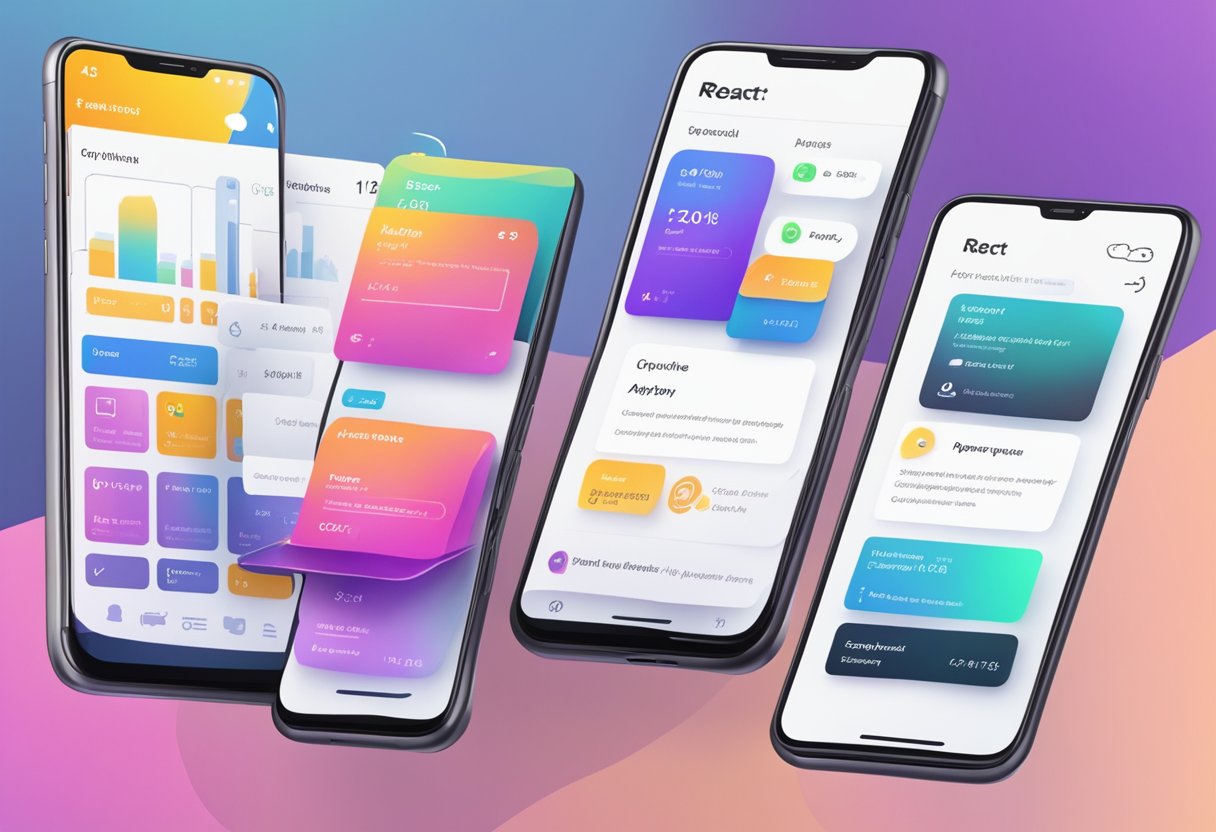React Native is a popular framework for building mobile applications. It allows developers to create cross-platform apps using a single codebase, which can save time and resources. However, building an app is only the first step. Once the app is built, it needs to be monetized to generate revenue. In this article, we will explore different ways to monetize React Native apps, including in-app purchases and advertising.

In-app purchases are a popular way to monetize mobile apps. They allow users to purchase additional features or content within the app, such as premium subscriptions or virtual goods. In-app purchases can be implemented in React Native using various libraries and frameworks, such as react-native-iap and react-native-purchases. These libraries provide an easy way to integrate in-app purchases into your app and handle the purchase flow.
Another way to monetize React Native apps is through advertising. Advertising can be implemented in various forms, such as banner ads, interstitial ads, or rewarded video ads. Implementing ads in React Native can be done using libraries such as react-native-admob and react-native-fbads. These libraries provide an easy way to integrate ads into your app and track ad performance. However, it’s important to balance the frequency and placement of ads to avoid negatively impacting the user experience.
Índice De Conteúdo
Understanding In-App Purchases
In-app purchases are a popular way to monetize mobile apps, including React Native apps. In-app purchases allow users to buy digital content or features within an app. This can include premium content, virtual currency, and subscription-based services.
Types of In-App Purchases
There are three main types of in-app purchases: consumable, non-consumable, and subscription-based.
- Consumable: These are one-time purchases that provide users with a specific item or feature within the app. For example, buying extra lives in a game or unlocking additional levels. Consumable items are used up and need to be purchased again if the user wants more.
- Non-consumable: These are one-time purchases that provide permanent access to a feature or content within the app. For example, buying an ad-free version of an app or unlocking a premium feature. Non-consumable items do not expire and can be restored if the user reinstalls the app.
- Subscription-based: These are recurring purchases that provide access to content or features for a set period of time. For example, a monthly subscription to a streaming service or a yearly subscription to a news app. Subscriptions renew automatically unless the user cancels them.
Setting Up In-App Purchases
Setting up in-app purchases in a React Native app involves integrating with the app store or Google Play Store. This requires creating a developer account, setting up payment processing, and configuring the app to handle in-app purchases.
React Native provides a library called react-native-iap that simplifies the process of integrating in-app purchases into an app. The library supports both iOS and Android and provides a unified API for handling purchases.
Best Practices for In-App Purchases
When implementing in-app purchases in a React Native app, it’s important to follow best practices to ensure a positive user experience. Here are some tips to keep in mind:
- Clearly communicate the benefits of the purchase to the user
- Provide a way for users to restore purchases if they switch devices or reinstall the app
- Avoid making purchases necessary for basic app functionality
- Offer different purchase options at various price points to appeal to a wider audience
- Make sure the purchase process is easy to navigate and understand
By following these best practices, developers can create a positive and profitable in-app purchase experience for their users.
Implementing Advertising
Implementing ads in a React Native app is a great way to generate revenue. Ads can be displayed in various formats, such as banner ads, interstitial ads, and native ads. In this section, we will discuss the different ad formats, integrating ad networks, and optimizing ad revenue.
Choosing Ad Formats
The first step in implementing ads is to choose the ad format that best suits your app. Banner ads are small ads that are displayed at the top or bottom of the screen. Interstitial ads are full-screen ads that are displayed between app screens. Native ads are ads that blend in with the app’s design and are less intrusive.
It’s important to choose the right ad format based on the app’s content and user experience. For example, if the app is highly interactive, interstitial ads may be more appropriate, whereas if the app is content-heavy, banner ads may be a better fit.
Integrating Ad Networks
Once the ad format is chosen, the next step is to integrate an ad network. Ad networks are companies that connect app developers with advertisers. Some popular ad networks for React Native apps include Google AdMob, Facebook Audience Network, and AppLovin.
Integrating an ad network involves adding their SDK (Software Development Kit) to your app and configuring it with your ad unit ID. Ad unit IDs are unique identifiers that advertisers use to track the performance of their ads.
Optimizing Ad Revenue
To maximize ad revenue, it’s important to optimize the ad placement and frequency. Placing ads in areas where users are more likely to engage with them, such as between levels of a game, can increase ad clicks and revenue. However, too many ads can lead to a poor user experience and result in users abandoning the app.
It’s also important to track ad performance and make changes accordingly. Ad network dashboards provide data on ad clicks, impressions, and revenue. Use this data to adjust the ad placement, frequency, and format to optimize revenue.
In conclusion, implementing ads in a React Native app can be a lucrative way to generate revenue. By choosing the right ad format, integrating an ad network, and optimizing ad revenue, developers can create a positive user experience while generating revenue.

